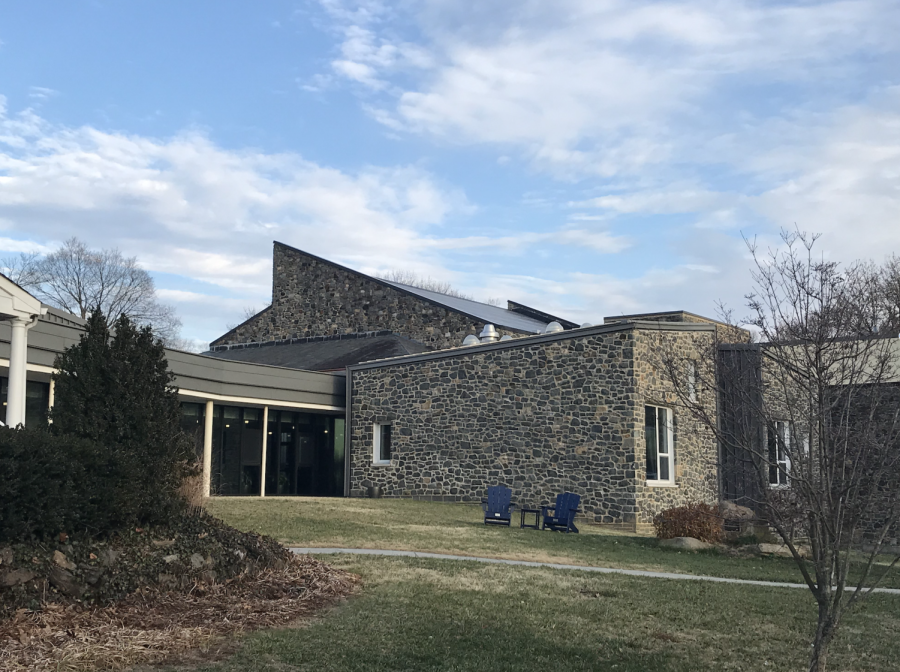Solar Panels at WFS
December 22, 2021
WFS proudly features a solar power system with more than 800 solar panels between the Upper and Lower Schools, providing 16% of our electricity. The Upper School solar system powers the Global Learning Center (GLC), where the Chinese, French, and Spanish classes are located, as well as the library. The solar panels annually save around $3,000 in energy costs and 22 tons of CO2. Overall, it is a net-zero system. The energy from the solar panels offsets the carbon emissions from the GLC, and the system provides about 35,000 kilowatt-hours per year. Since the system has been installed it has avoided 132 tons of CO2 emissions and 220 megawatt-hours altogether.
If you’ve been near the GLC anytime in the past 6 years, you’ll have seen a TV display in the hallway displaying statistics like these in real-time. It shows the energy produced for the day as well as the energy being currently produced. This display makes students aware of energy being saved every day and encourages mindfulness of pressing issues like climate change, which relates to science classes within the school’s curriculum. Students are able to see real-life examples of the renewable energy sources they read about.
Our classrooms in the GLC are also fitted with solar tube skylights to cut down the need for electrical lighting and heated geothermally, drawing energy from the heat in the earth to minimize fossil fuel usage.
Bradey Bulk, the resident French teacher at WFS, said: “We have fantastic solar tubes which allow illumination by natural light, magnified by little lenses at the bottom. They are adjustable and, when the light is right, offer the fun bonus of rainbows on the walls! Thanks to them and the large windows, I rarely have to use the electric lights. I think the effect is a certain warm atmosphere in these spacious rooms.”
WFS is one of 7,332 K-12 schools throughout the US using solar power. As global warming becomes more prevalent, more and more schools are utilizing solar power to save money and to help the environment. In most cases, solar power offsets utility bills, as it does here at WFS. Installing solar panels in schools has its challenges. The average school in the US is 42 years old- ours is 273. Even with newer schools, incorporating renewable energy systems into older buildings is tricky. However, WFS’s systems work consistently and well with the rest of the school.
Our solar system ties into our Quaker SPICES- which are our core values that are built into the DNA of the school: stewardship, peace, integrity, community, equality, and simplicity. We are being good caretakers of the earth by taking energy from the sun rather than from non-renewable energy sources. Our school often focuses on how to be good stewards of the earth. We complete labs and watch videos on renewable energy. We feature an eco-team and partake in climate rallies. But incorporating an element of that into our own environment and really practicing what we preach adds much more reality to it.































